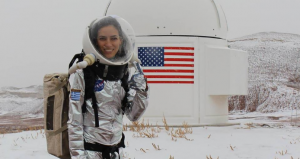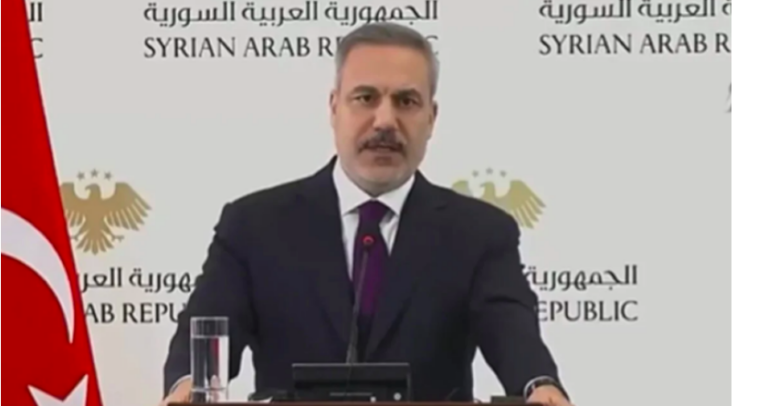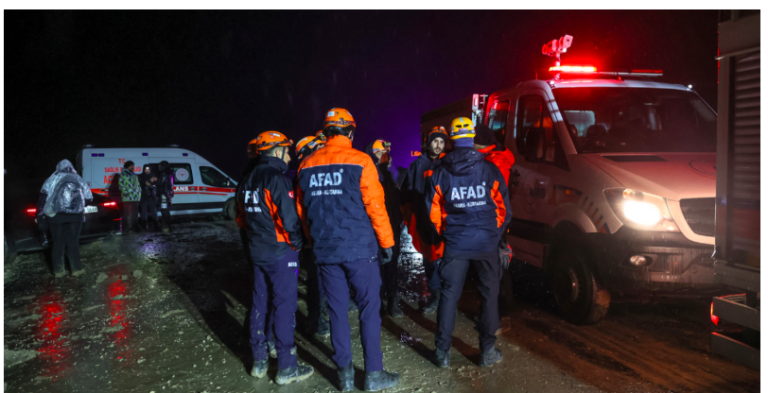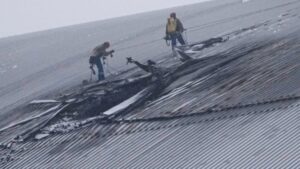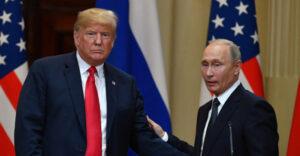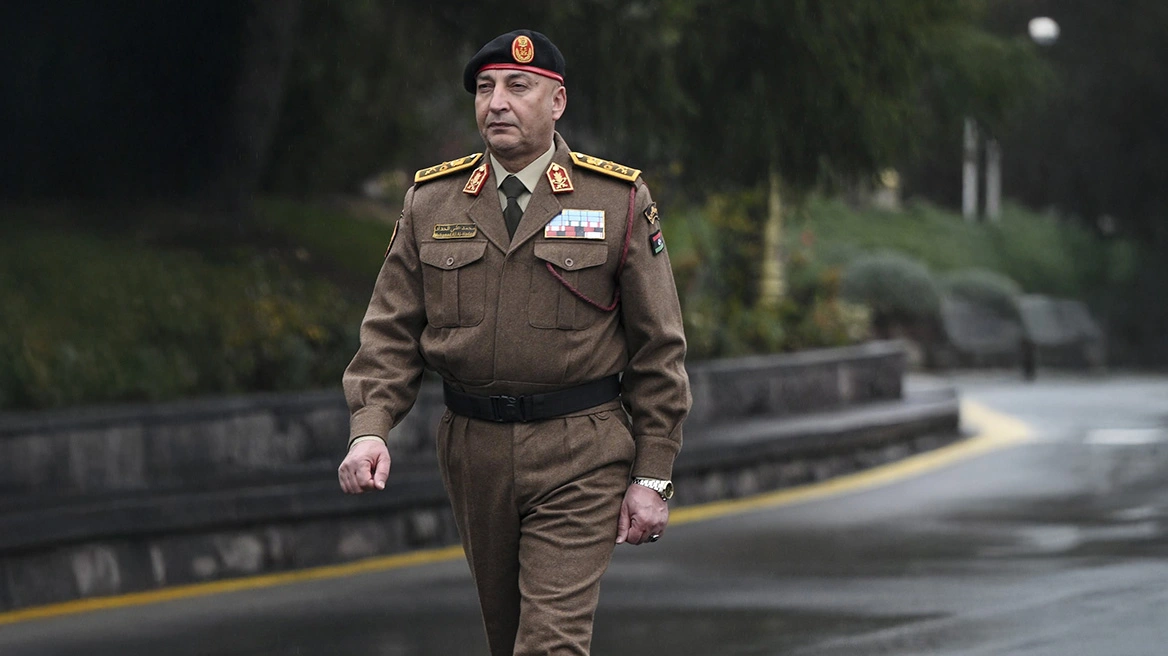Eleni Antoniadou is only 30 years old, but the Greek scientist’s work, expertise and achievements are disproportionate to her age.
Born in Thessaloniki in 1988, she took third place among leading young scientists in the field of healthcare in the 2015 Forbes list called “30 Under 30”.
But even before that, the Greek woman was becoming globally recognized by the scientific community for her involvement in the development of life-saving therapies involving artificial organ transplantation.
Antoniadou has received many awards, including the NASA – ESA Outstanding Researcher Award for 2012, and the “50 for the Future” award, and was voted “2013 Woman of the Year” at the annual British FDM “Everywoman in Technology” awards.
The young scientist was chosen by NASA in 2012 to study in their Ames Academy for Space Exploration, after the young Greek scientist excelled in her PhD studies in Bioengineering at the University of Illinois.
Antoniadou describes herself on the “NASA Academy” webpage as “…a futurist and a hybrid scientist, the result of acquiring a multidisciplinary education. As a researcher, I’m trying to understand the changes in life sciences, and I enjoy challenging myself with problems in the fields of regenerative medicine, the development of artificial organs, bioengineering, and space exploration.”
Her work involves the development of 3D cell culture constructs via a layer-by-layer deposition technique. She is attempting to create layers of human skin using a combination of biomaterials including the use of 3T3 fibroblasts, mesenchymal stem cells and keratinocytes.
She uses this knowledge in the innovative new field of creating artificial organs. Antoniadou is a co-founder of the medical company “Transplants Without Donors”, which translates the types of scientific findings she makes into real-world therapeutic treatments which are affordable and accessible to all.
Apart from her medical research, the Greek scientist wants to fulfill her childhood dream of becoming a NASA astronaut and working on exploring life in outer space.
She says that when she was a child she begged her parents to buy her freeze-dried astronaut food. She wore t-shirts with the NASA logo and read books about space in primary school.
At the age of 22 she received her skydiving license. Now she is poised to fly as high as she possibly can as she lives her dream as part of the NASA team.
Source: Philip Chrysopoulos/greekreporter
Ask me anything
Explore related questions
